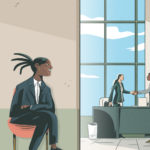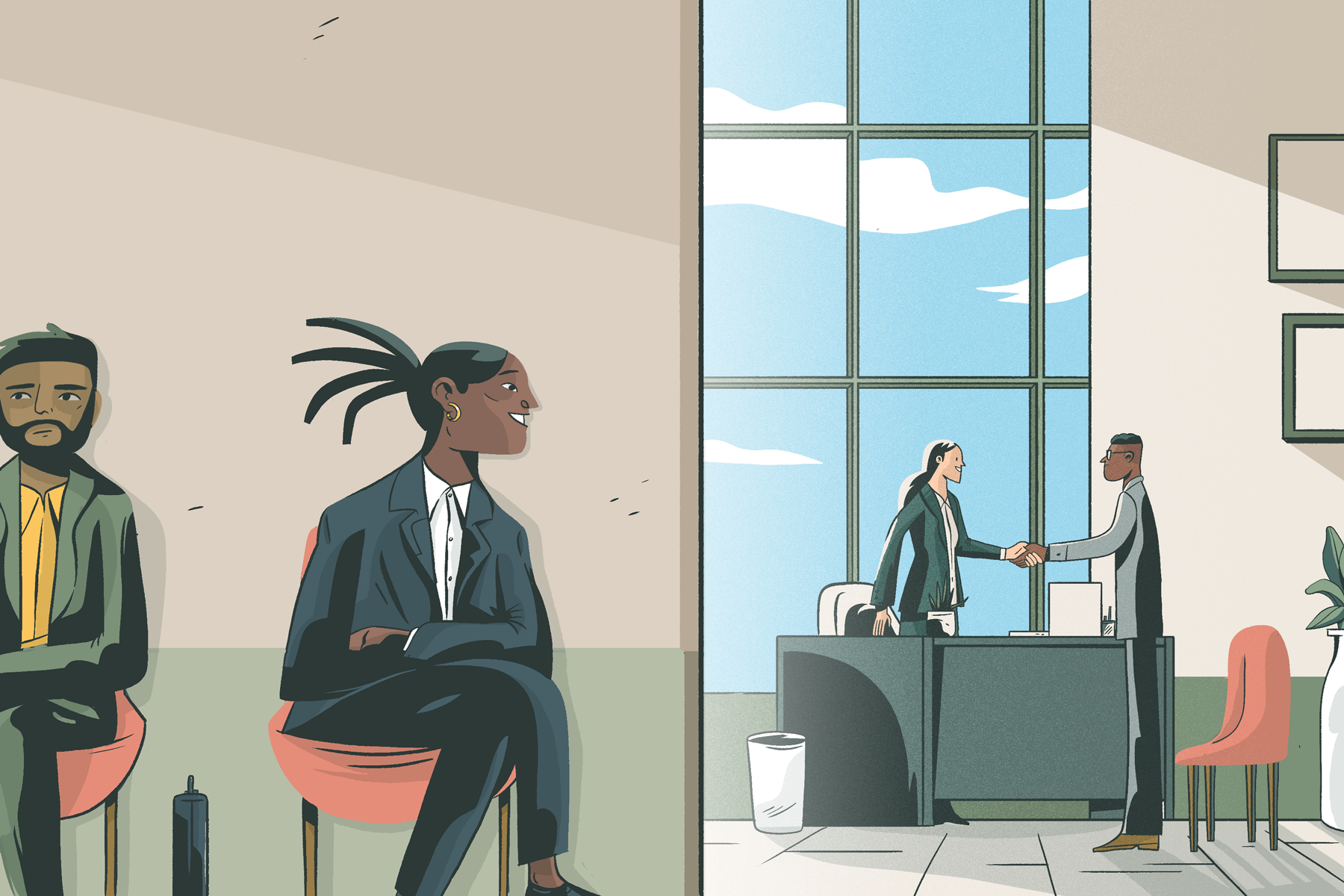
Winning Retreat Planning Strategies
A few weeks ago, Friday staff came together for a team retreat in Austin, TX. Meeting in person was a much anticipated event since our team is mostly remote, and we took a break from seeing each other during the height of the COVID-19 pandemic. For a few of the newer team members, it was the first time meeting the whole group face-to-face.
However, that excitement and optimism carried a lingering pressure to make the most of our 48 hours together. Thanks to thoughtful planning and a bit of flexibility, our retreat ended up a success. From casual team-building time to structured workshopping of real-world challenges, here are the five keys to our off-site success:
1. Set norms in advance.
At Friday, we’re big on setting and revisiting working norms to guide how our team interacts on a daily basis and in specific work settings, like workshops. Establishing norms for our retreat was no different. The purpose of norms is to set expectations to guide our behaviors, interactions and communication practices. Given our varied personal experiences two years into the pandemic, we surveyed our team weeks in advance around comfort-levels with in-person settings (working, dining and accommodations) and made plans accordingly. We offered advance notice on agenda structure so folks could arrive at the retreat mentally prepared to jump in. By the time we were sitting around a table together and reading our list of norms aloud (one of our opening agenda items), we were ready to be fully present, practice radical candor, and voice what we needed as individuals.
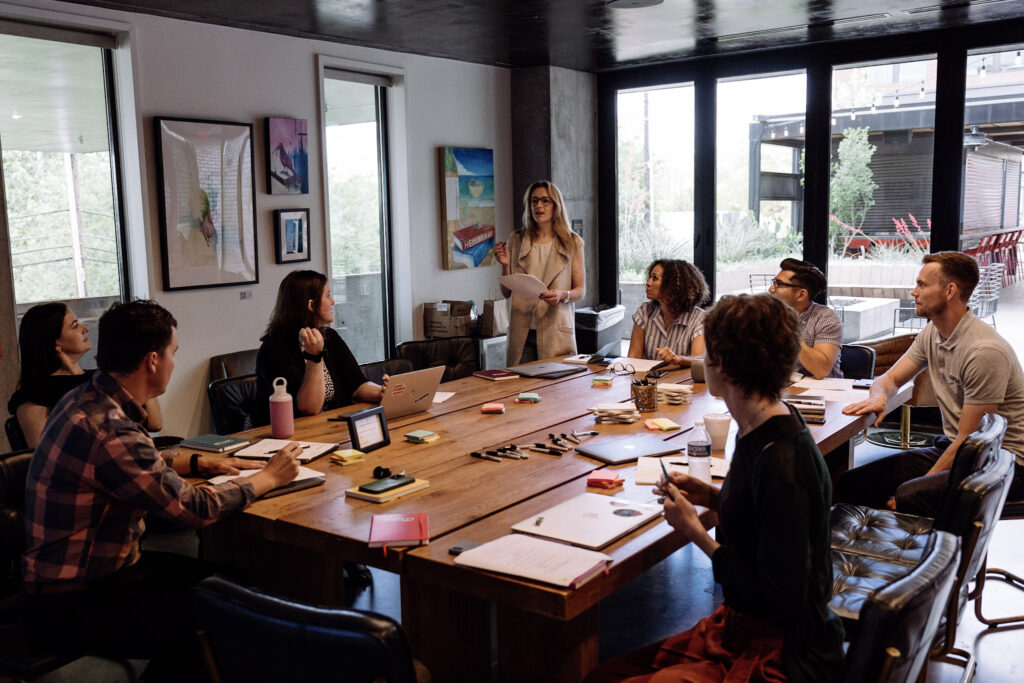
2. Schedule downtime.
A retreat that is all work and no play is a missed opportunity for building trust and relationships among the team. We believe that creating space to share and understand each other’s individual identities is valuable to building an inclusive organization. Whether solving a client challenge or sharing feedback with one another internally, when we’re more comfortable showing up authentically, we communicate and collaborate more effectively.
To create space for this at our retreat, we carved out downtime. We enjoyed live music together, bonded over BBQ and Jeni’s ice cream, and embarked on morning runs (and walks) along the river. Many of these activities were optional, allowing folks to opt-in according to their personal comfort and energy levels. Of course our working time was important too, but even that included built-in buffers for breaks and flexibility – whether to accommodate unforeseen schedule adjustments, have a change of scenery or simply get a breath of fresh air.
3. Honor the importance of location.
To date, we held our in-person retreats in Oakland, CA – Friday’s headquarters and a relatively central location for the majority of our team. This time we decided to take a different approach. We came together in Austin, TX, the home of our colleague Liz Farrel and alma mater city of Friday Partner Austin Dannhaus (Hook ‘em!). Switching up our regular meeting location was an all-around win. The change lessened the travel burden for our mid-western team members who typically have the longest journey. We tapped our “local experts” to make food and activity recommendations, from scenic morning runs along the Colorado River to honky tonk music and superb breakfast tacos. And as a team, we experienced the culture of a new city together (some folks for the first time, which is beneficial for our brains and for humans in general).

4. Strike a balance between big-picture thinking and outcome-focused conversations.
Our retreat objectives typically vary based on the seasons of our company. Over time, we’ve found that a balance of big-picture thinking and outcome-focused group work ensures our time together is both inspiring and action-inducing. We reviewed mood boards for our new brand identity and brainstormed campaign ideas for sharing our core value proposition. Then we broke out into groups and explored best practices for client projects and communications. Often, we also like to create a brief pre-work assignment (i.e. come prepared to share one of your favorite campaigns) to help accelerate the process during our valuable time together.
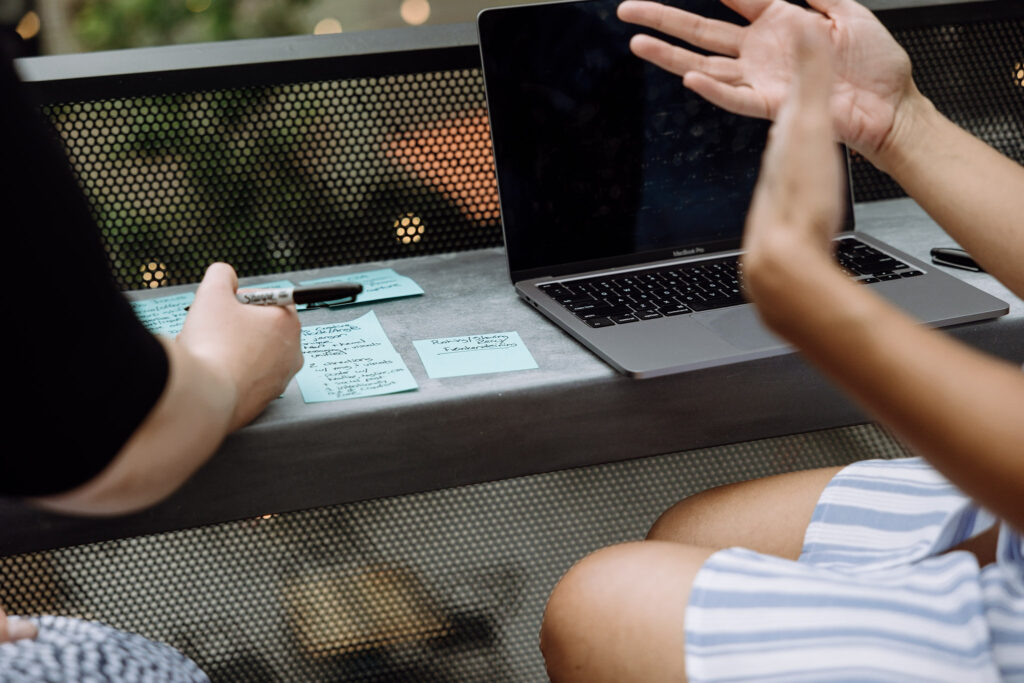
5. Think about how the in-person takeaways will manifest in a virtual environment.
Perhaps most important of all, we wrapped up with a plan for bringing an action plan back into our day-to-day routines. It’s critical to identify and assign next steps ASAP, especially when transitioning from in-person back to a virtual space. Who is responsible for moving things forward? Which team members will be involved? When will you meet to discuss again? Once you’ve reunited with your favorite mug and work slippers, send a brief follow up survey to gather your team’s feedback, and/or invite folks to share new insights that came up for them after the retreat. Then, embrace the team’s input for future retreats – their ideas are usually spot-on!
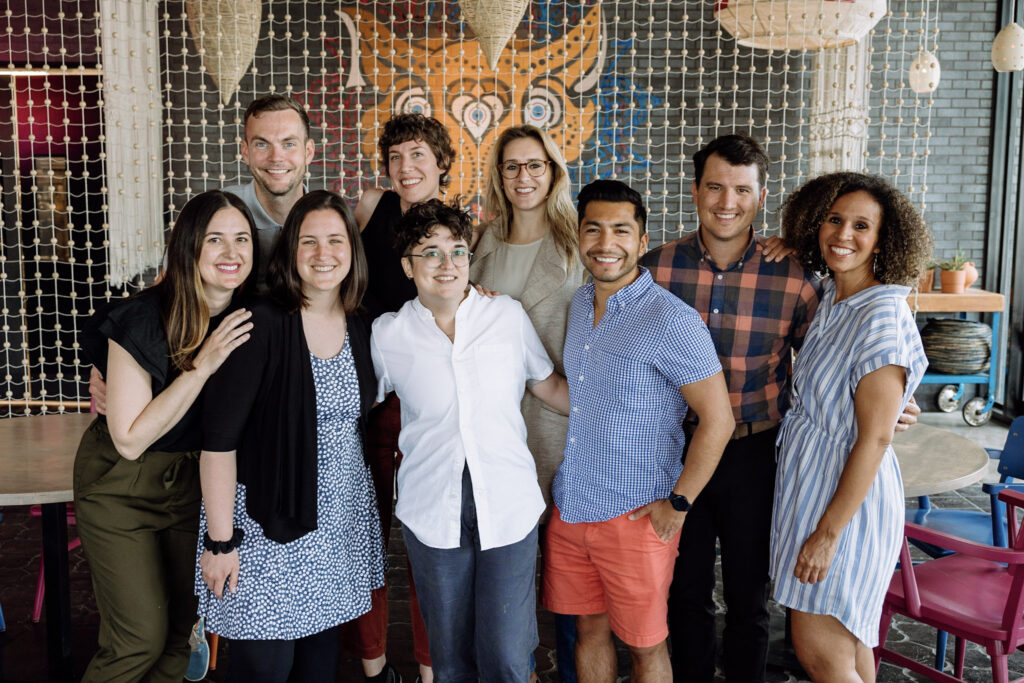
Bonus tip: Take photos.



